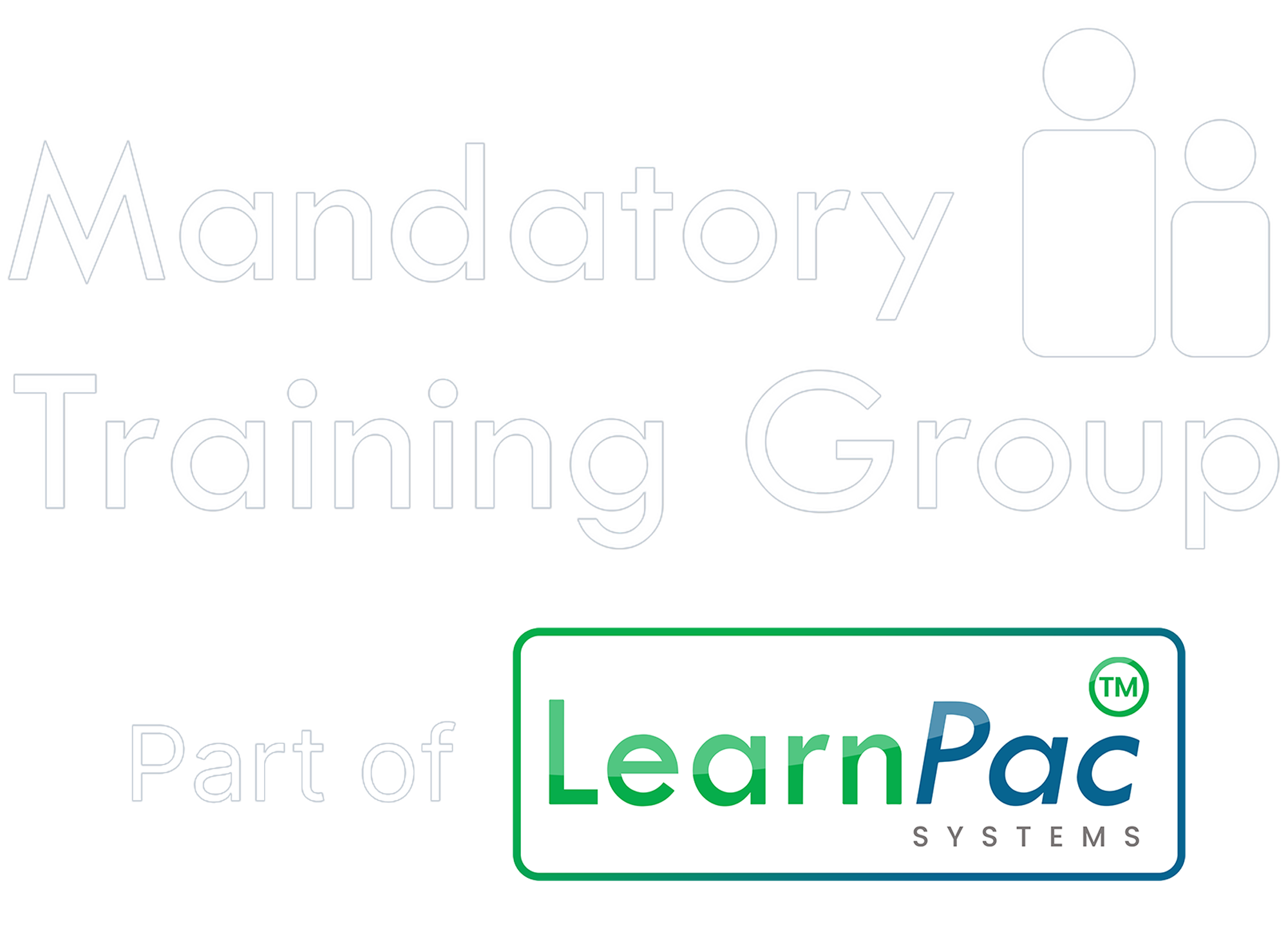You have no items in your shopping basket.
Key facts and statistics
- According to the Health and Safety Executive (HSE), musculoskeletal disorders (MSDs) are the leading cause of workplace injury in the healthcare sector, with manual handling being a significant contributor.
- Each year, millions of working days are lost due to injuries sustained from improper moving and handling techniques.
- Proper training and adherence to safe practices can significantly reduce the risk of injuries and improve the quality of care provided.
Key definitions
- Moving and handling - Refers to the process of transporting individuals safely from one location to another, ensuring their comfort and well-being throughout.
- Manual handling - Involves the use of physical effort to lift, lower, push, pull, carry, or otherwise move or restrain any object, including people.
Relevant legislation, regulations, and best practice
- Health and Safety at Work Act 1974 - Places a legal duty on employers to ensure the health, safety, and welfare of their employees, including providing adequate training and equipment for safe moving and handling.
- Manual Handling Operations Regulations 1992 (as amended) - Outlines specific requirements for employers to assess and reduce the risks associated with manual handling tasks, including providing appropriate training and equipment.
- Care Quality Commission (CQC) Standards - These standards emphasise the importance of safe moving and handling practices in delivering high-quality care and achieving regulatory compliance.
- National Institute for Health and Care Excellence (NICE) Guidelines - Provides evidence-based recommendations for healthcare professionals on safe moving and handling techniques to prevent injuries and promote patient safety.
Understanding the risks
Improper moving and handling techniques can lead to a myriad of injuries, including strains, sprains, and more severe musculoskeletal disorders. Moreover, inadequate support or equipment can result in accidents such as falls, further compromising the well-being of individuals in care.
Training and competency
Employers are legally obligated to provide comprehensive training to staff involved in moving and handling tasks. This training should cover proper lifting techniques, the correct use of equipment such as hoists and slings, risk assessment procedures, and strategies for preventing injuries.
Equipment and assistive devices
Appropriate equipment, such as mechanical hoists and slide sheets, can significantly reduce the risk of injury to caregivers and individuals in care. Regular maintenance and equipment inspection are essential to ensure its effectiveness and safety.
Recommendations
- Prioritise staff training and competency assessments in moving and handling techniques.
- Conduct regular risk assessments to identify and mitigate potential hazards in the care environment.
- Invest in quality equipment and assistive devices tailored to the needs of individuals in care.
- Foster a culture of safety awareness and open communication within the workplace.
Conclusion
Mastering the art of safe moving and handling is not just a legal requirement but a fundamental aspect of providing quality care. By adhering to legislation, implementing best practices, and prioritising staff training and equipment, organisations can safeguard the well-being of those in their care while promoting a culture of safety and excellence.
Are you confident in your organisation's moving and handling practices? Click here to ensure the safety and well-being of your staff and service users by investing in comprehensive training and quality equipment.
About the author
Rose Mabiza
Rose has dedicated over 15 years to improving health and social care quality through practice, targeted education and training. Her extensive experience includes working with older adults, individuals with mental health conditions, and people with autism and learning disabilities.

Contact us
Complete the form below to start your ComplyPlusTM trial and transform your regulatory compliance solutions.



